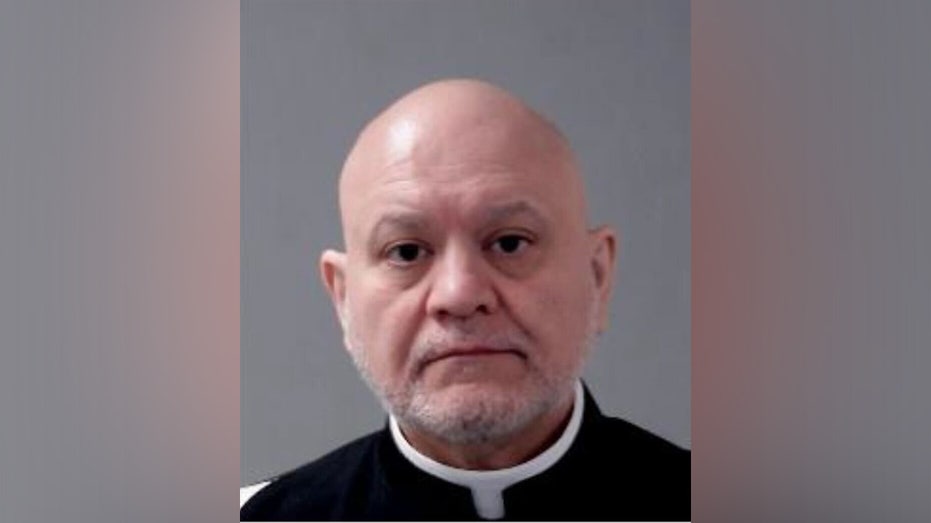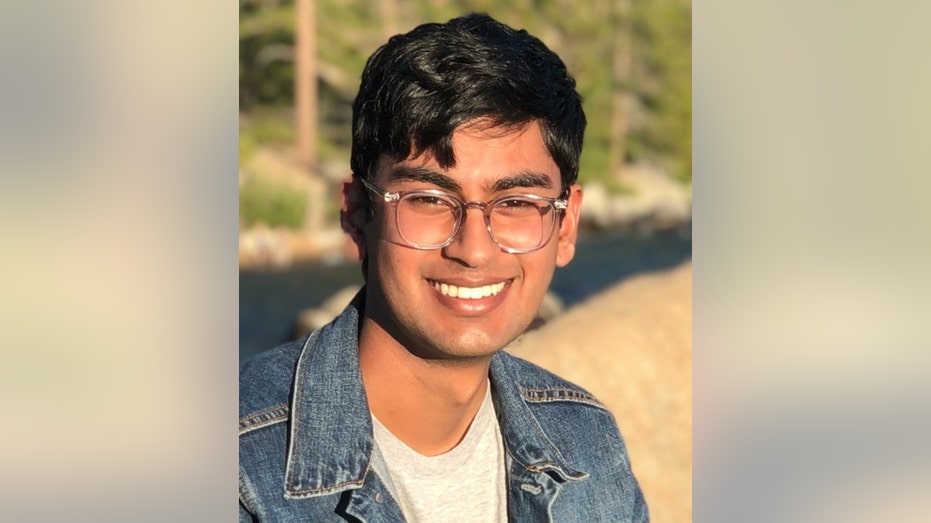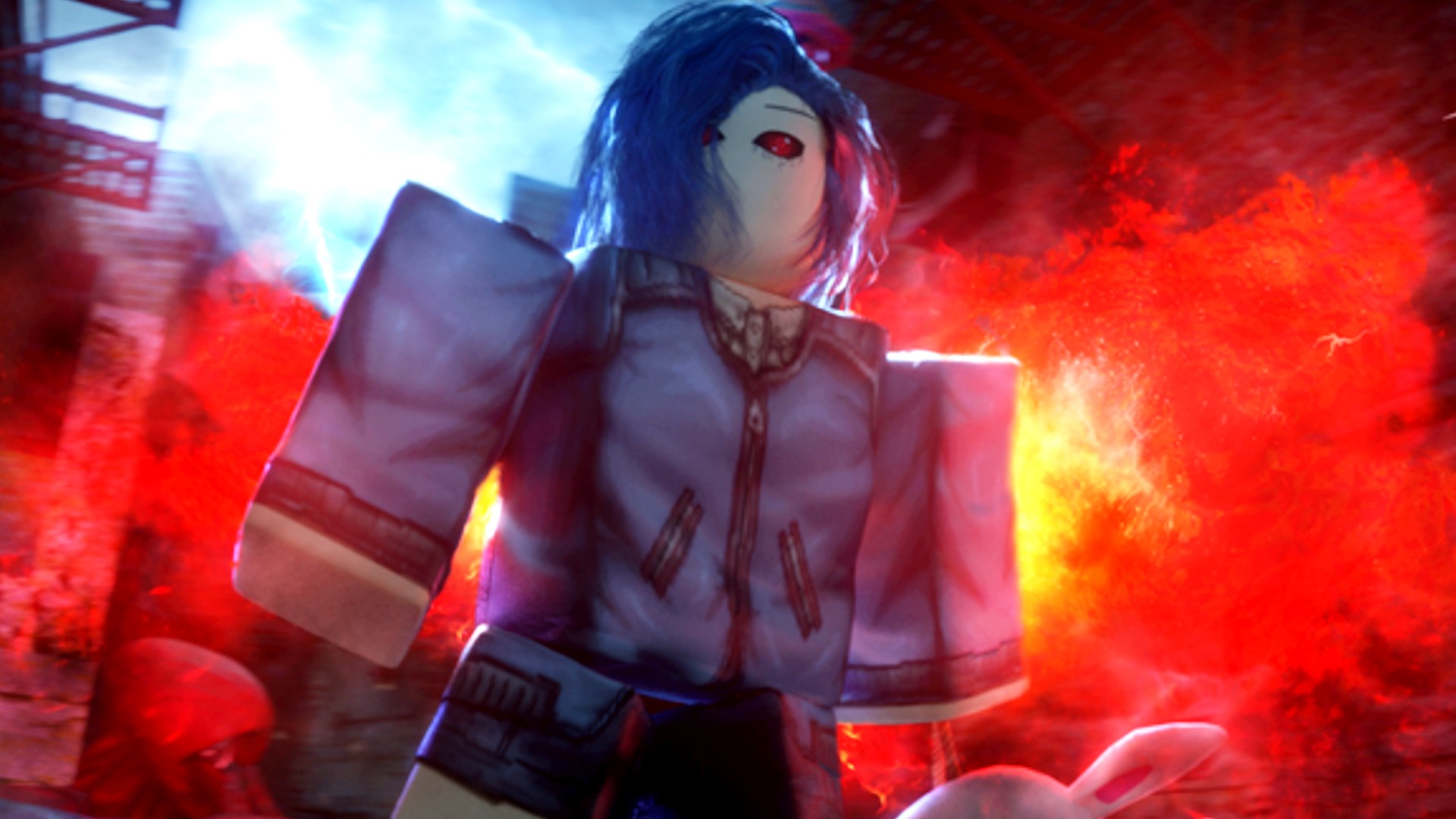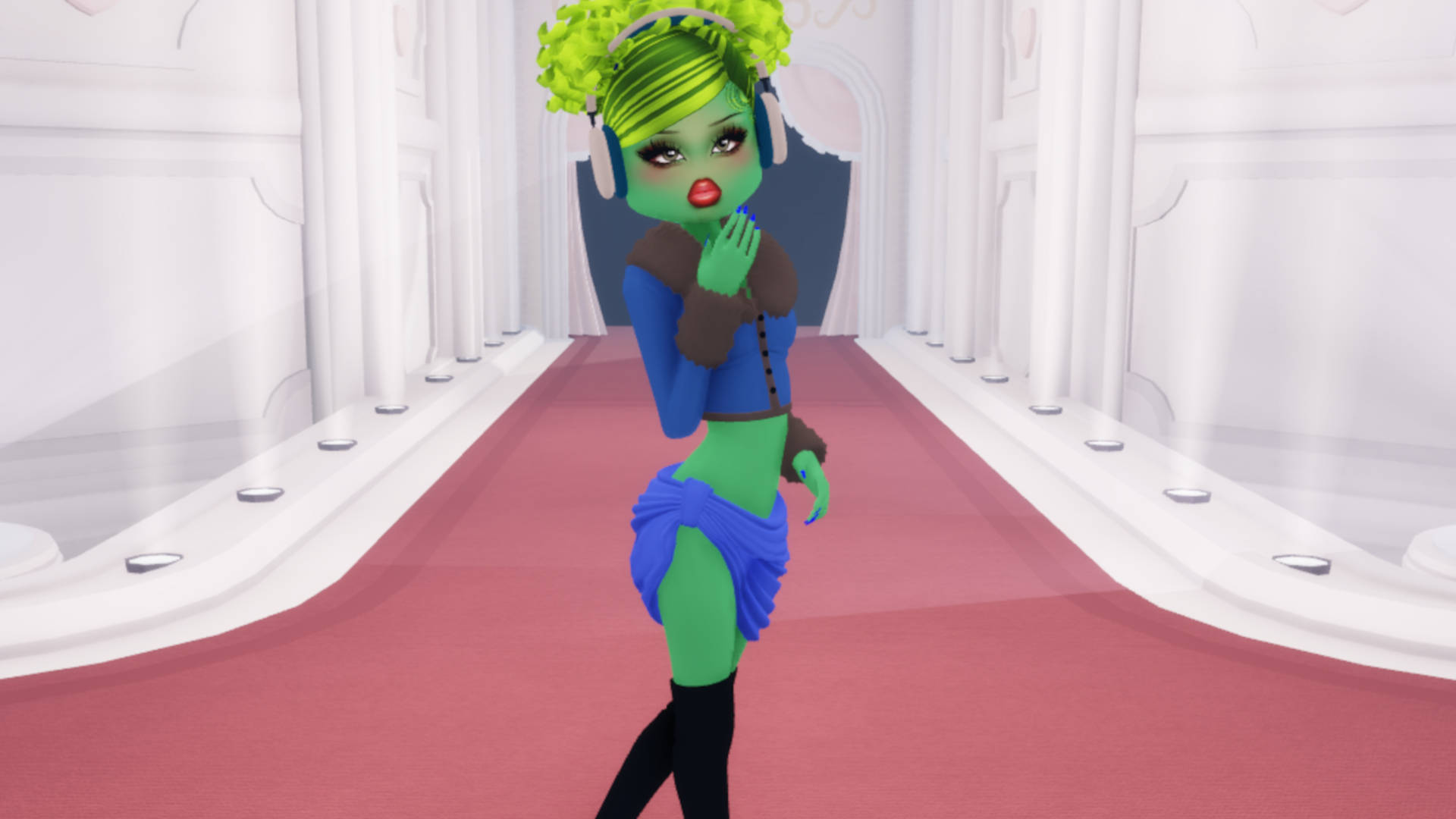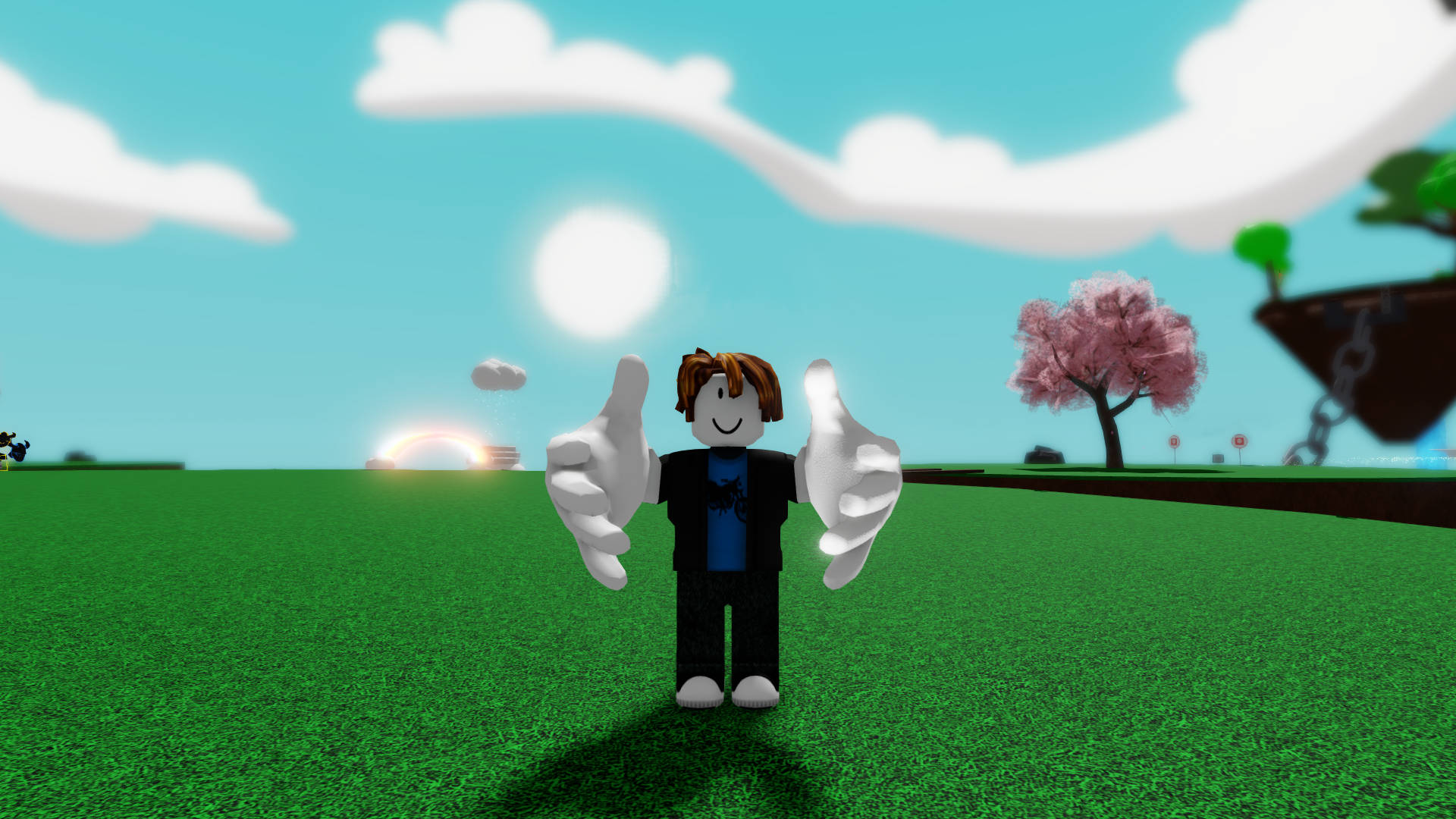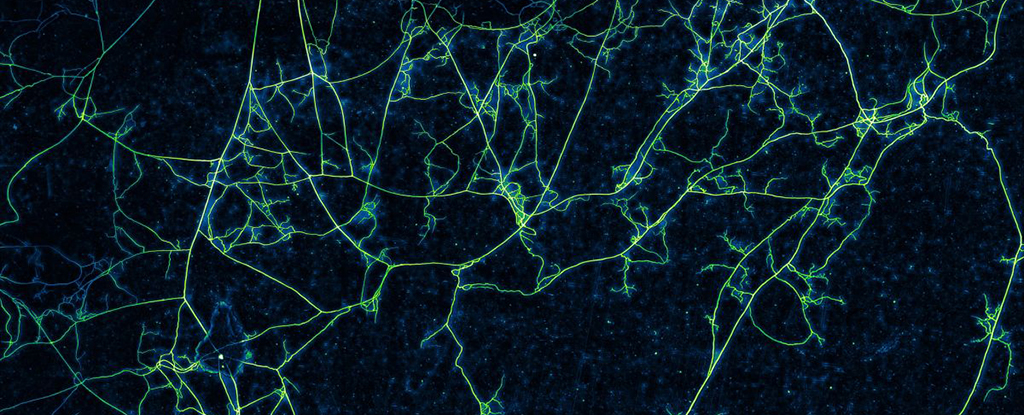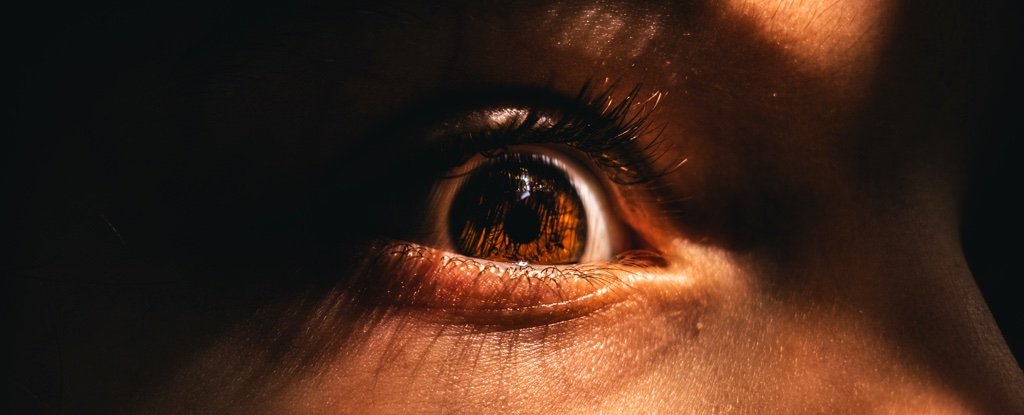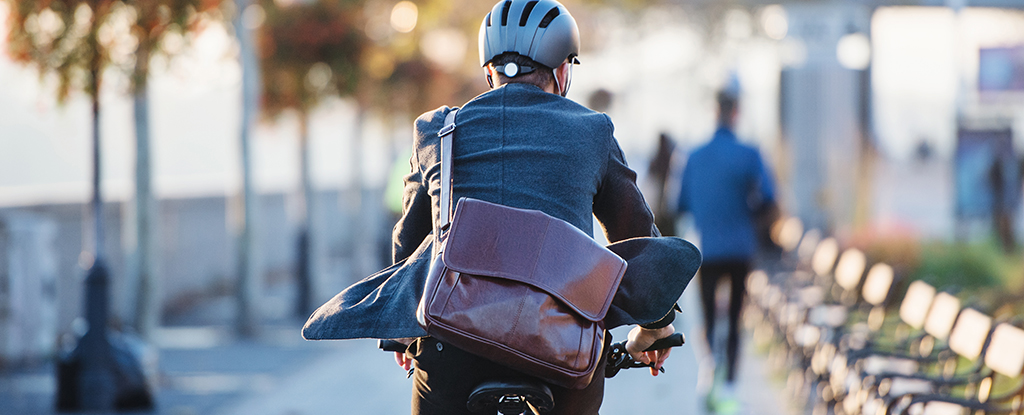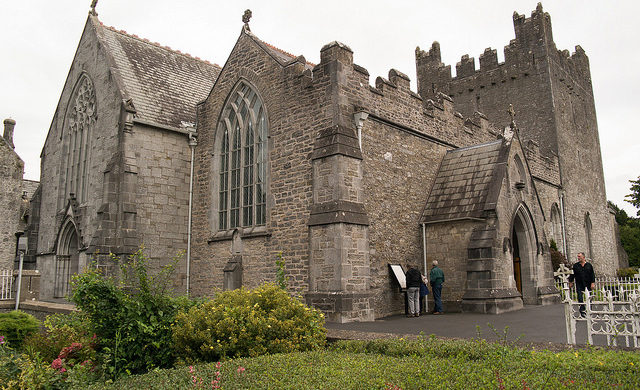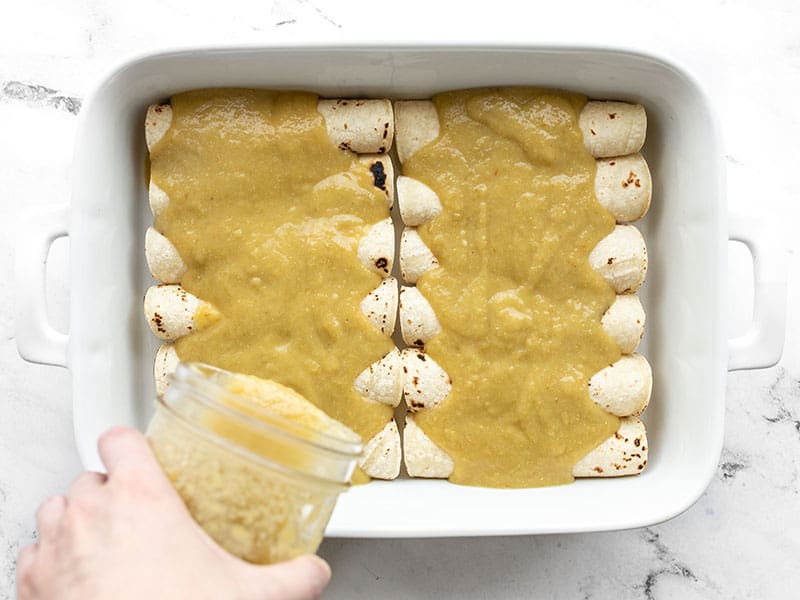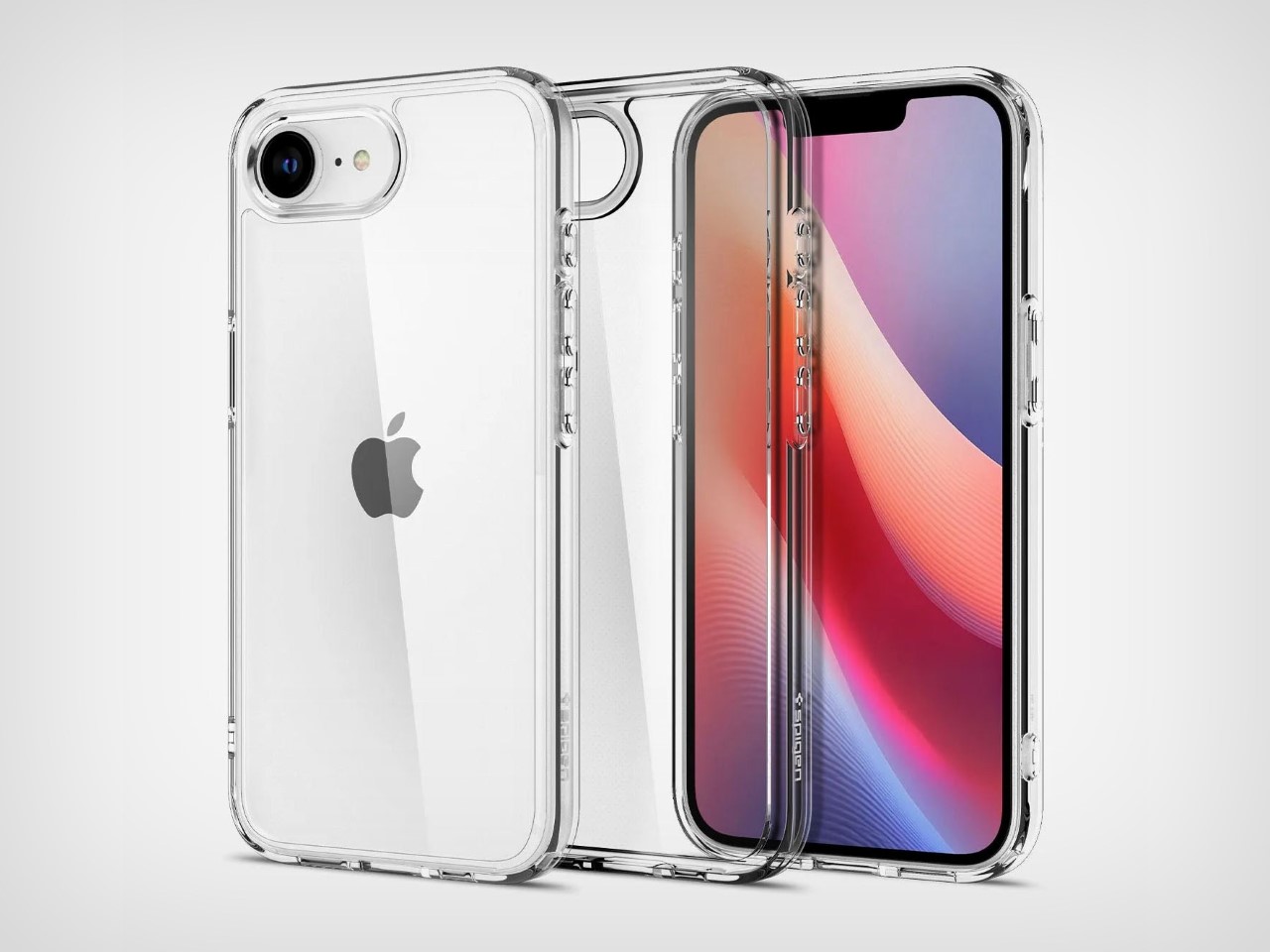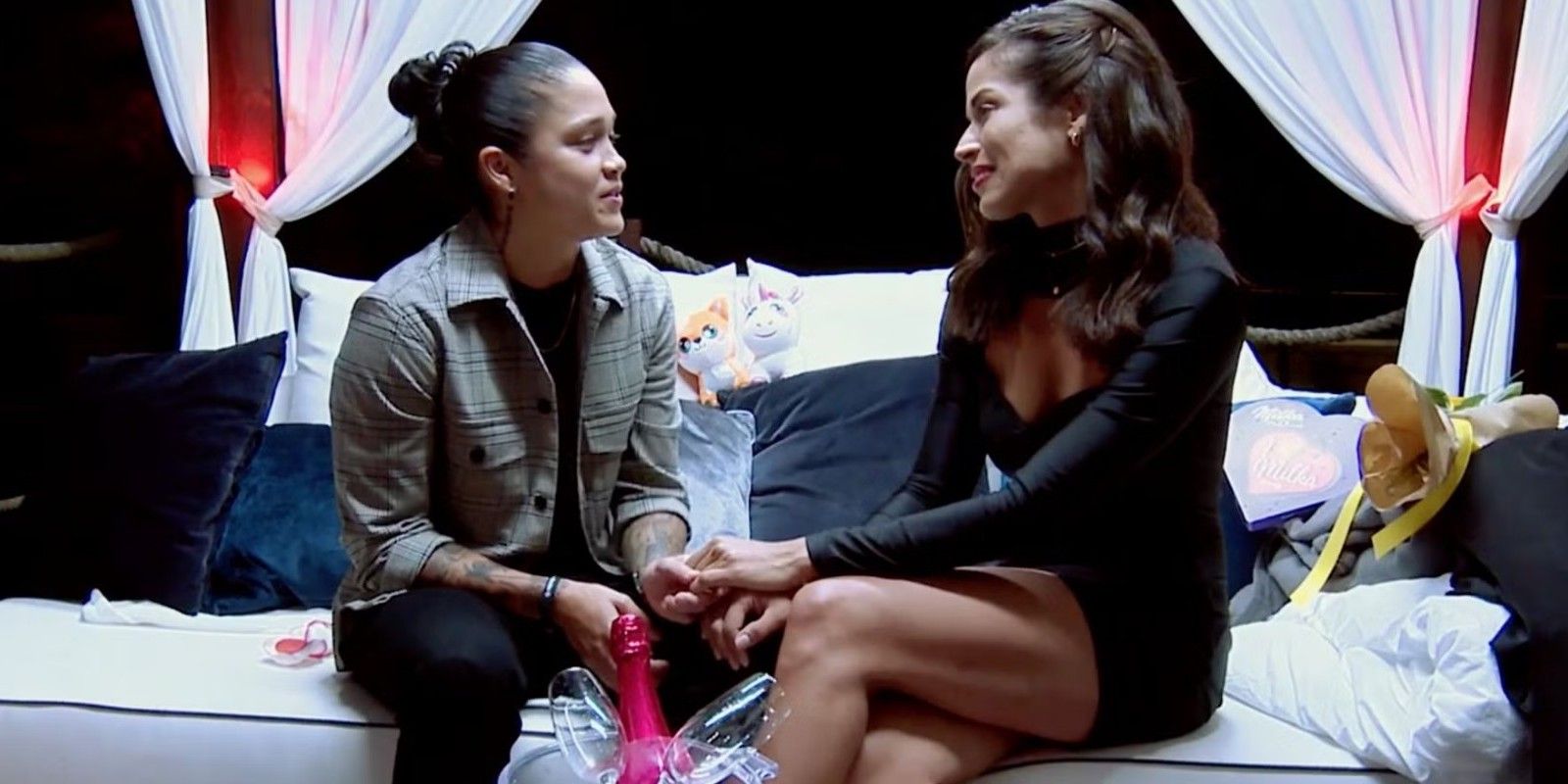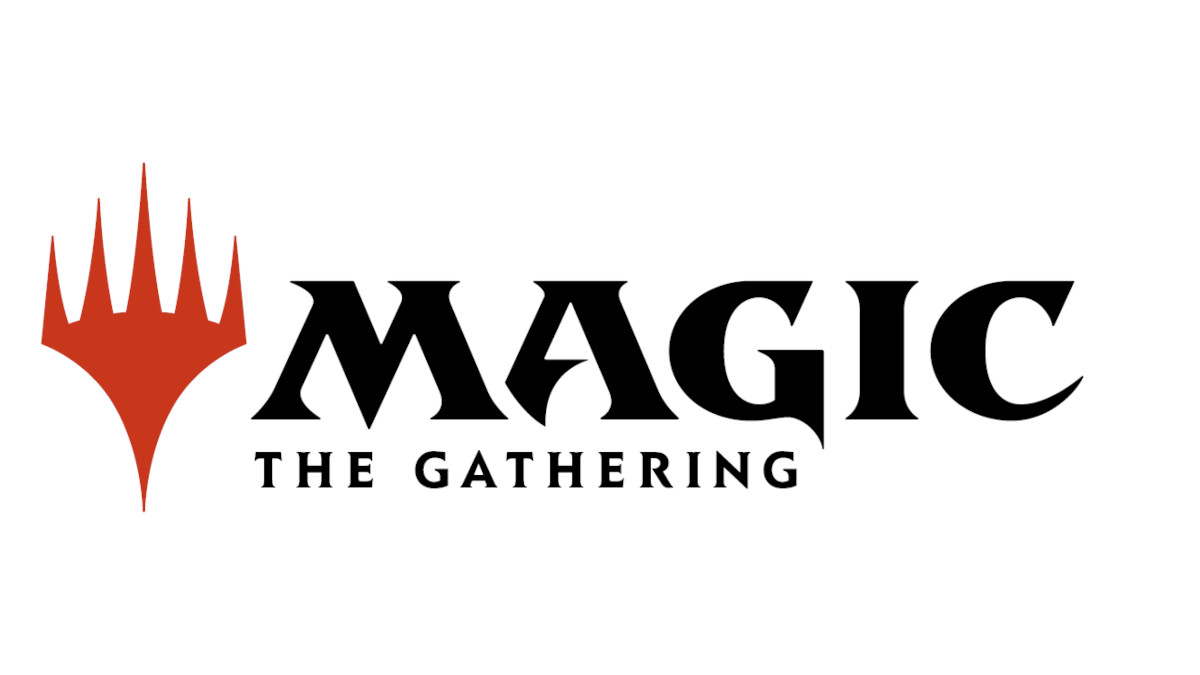‘Apple Cider Vinegar’ Creator Unpacks That ‘Tragic’ Ending, Juggling Truth and Fiction Adapting Belle Gibson’s Story
Samantha Strauss tells TheWrap about Milla and Lucy's parallel journeys and why she wanted to end the Netflix series with love The post ‘Apple Cider Vinegar’ Creator Unpacks That ‘Tragic’ Ending, Juggling Truth and Fiction Adapting Belle Gibson’s Story appeared first on TheWrap.

Note: The following story contains spoilers from “Apple Cider Vinegar.”
While Belle Gibson’s rise to wellness fame in “Apple Cider Vinegar” was full of organic recipes and posh galas, the latter half of Netflix series sees the dangerous and “tragic” impact of the infamous scammer and her wellness-loving counterparts come crashing down on those closest to them.
While Belle (Kaitlyn Dever) built her wellness empire on a fake cancer diagnosis after being inspired by Milla (Alycia Debnam-Carey) — a real cancer patient who advocates for a juice diet and coffee enemas to cure her cancer — Milla is the one who ultimately suffers from the wellness industry’s lies. First, after pursuing the Hirsch Institute treatment for her cancer, Milla’s mom, Tamara, dies in an ending creator Samantha Strauss calls “tragic.”
“I think my mom would probably do that if I had chosen to go Hirsch,” Strauss told TheWrap, echoing Tamara’s words that if she’d let her daughter do it and not force her to go through traditional cancer treatment methods, she would have to do the same. Tamara’s death, however, gives Milla the wake-up call she needed to go to the doctor and pursue cancer treatment.
“How do you walk back from what has become your whole identity … which is, ‘I am this wellness guru influencer, and I have cured myself from cancer,'” Strauss said. “What’s the line between positive thinking and reality? She wants that to be true so much, and she has to realize and recognize, ‘No, I got it wrong, and I wish I hadn’t have done it.'”
Ultimately, it ends up being too late for Milla, and the Netflix series, which is based on the book “The Woman Who Fooled the World,” sees her pass away as well by the finale. Despite this fatal turn — paired with several articles outlining Belle’s fraudulences — Belle sticks to her guns, showing up to Milla’s funeral to the dismay of Chanelle (Aisha Dee) and Milla’s husband Justin (Mark Coles Smith), later doubling down on her cancer diagnosis to her followers.
“Our Belle wanted to be sick so much — It would make her unimpeachable. It would make her a victim, but also a hero at the same time and it was such a shortcut to love,” Strauss said. “I hope the viewers are left with sort of a fragile sense of hope for her at the end that she wants to be well, which is a big step.”
Strauss makes the distinction between the Belle depicted in the series and the real-life Belle Gibson, whom she revealed she has never contacted, nor has Gibson contacted Strauss or her team. She added that despite “Apple Cider Vinegar” filming in Gibson’s neighborhood, the real-life scammer never showed up to set.
“Real life gave us some facts to work from, but this is very much our true-ish story,” Strauss said. “We did a lot of inventing in the writers’ room. I have no idea what Belle would have talked about in her private time … to people close to her.”
Below, Strauss unpacks adapting Gibson’s story of lies into the Netflix series with its own truths and fictions, discusses Lucy’s ending and reveals if she knows where Gibson is now.
TheWrap: Was there any hesitancy in keeping Belle’s name for the series?
Strauss: Legally, there wasn’t. When you’re writing someone, you have to develop a lot of empathy for them. You have to put yourself in their shoes all the time, and think, “Why would they do this?” So you get attached to them, but in this case, it was so clear that that what she did had could have had horrific consequences, and so ethically, I felt okay about using her real name.
Were most of the characters and stories pulled from real life?
Milla is an amalgamation of lots of people, but also someone we created in the writers room and she’s her own person. We thought it was really interesting to juxtapose Belle’s story — she’s lying to her, to everybody — whereas Milla is lying to herself. To see these two women pitted against each other, but behaving in ways that were sometimes similar, was was really interesting. The journalists were kind enough to let us fictionalize their lives as well — Beau [Donelly] and Nick [Toscano] are different to the people in the show. We didn’t change Clive’s name, who was Belle’s partner and and there’s also Julie, who was Belle’s publisher.

What about Lucy? Was she real?
It felt really important that this story didn’t only center Belle. It was an interesting thing in empathy and forgiveness that you want to understand what makes her tick, but you don’t ever want to glorify what she’s done. Every time we would start to feel a lot of empathy for her, it was important to us to remember people like Lucy, a real-life person … someone that we know … that is at the coalface of medicine and … could have fallen victim to Belle’s lies. She wasn’t married to our journalists in real life, but it felt like it was really important to us to have her voice across the series — that we’re not glorifying that word, we’re showing the consequences as well.
Clive stays pretty loyal to Belle throughout the whole thing. Why do you think he stayed?
Some of that is true to life, and it’s in the book, but that was something we discussed endlessly in the writers’ room. I kind of know relationships like that become co-dependent and and I do think, in our case, we decided that he was staying a lot, because he loves her child so much. In Belle’s core is someone who doesn’t feel like she has enough love and much probably has a quite a fragile self esteem. And perhaps that speaks to who Clive in our series is as well. I’ve never met the real Clive or had anything to do with them, but that’s the dynamic we imagined for them.
The show ends with that damning “60 Minutes” interview, and gives some hope for Lucy despite Milla’s tragic ending. Why did you want to end the story here?
Belle is, by that point, like “I’ve had enough.” [Her] world has crumbled, but that who matters are the people who listen to Belle. In the end, Lucy’s doing meditation and she’s doing yoga, and she’s having ice baths … and she’s drinking apple cider vinegar, but she’s also doing chemo and she’s showing up for that. Even though we don’t know if she’ll live or die, there’s hope. And for Justin, I think it’s really frightening for him that he is watching someone, throughout the series, go off down the road of of alternative therapies that he and wanting to turn away from Western medicine, and how frightening that would be as partner, but you can’t control somebody else’s choices in that respect. We’ve all kind of lived that with the pandemic. For him to just show up, even though the worst thing could be that she dies, you know, and how hard that will be, is an act of love. We did want to end the series with love — that it matters so much. One of the great things about life is love and and that’s what Belle craved so much. I hope she got it, in our creation of Belle after the series ends.
Do you have any idea where Belle is now?
No, she never showed up the set. We did wonder if she would, but she never did, and she hasn’t reached out. I have no idea.
This interview has been edited for length and clarity.
“Apple Cider Vinegar” is now streaming on Netflix.
The post ‘Apple Cider Vinegar’ Creator Unpacks That ‘Tragic’ Ending, Juggling Truth and Fiction Adapting Belle Gibson’s Story appeared first on TheWrap.
